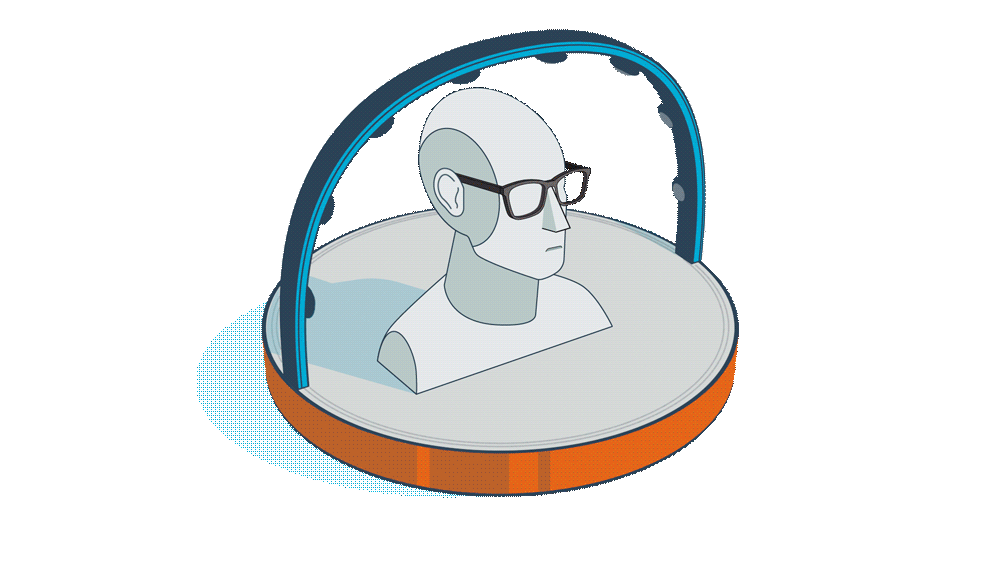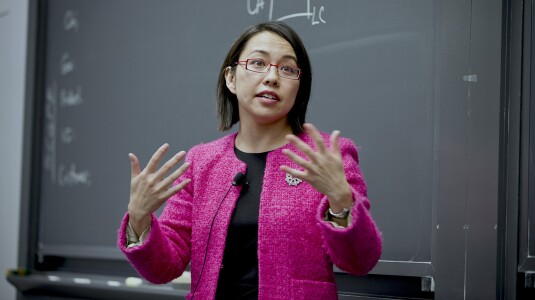Customer-obsessed science


Research areas
-
August 11, 2025Trained on millions of hours of data from Amazon fulfillment centers and sortation centers, Amazon’s new DeepFleet models predict future traffic patterns for fleets of mobile robots.
-
Featured news
-
2025Recent smaller language models such Phi-3.5 and Phi-4 rely on synthetic data generated using larger Language models. Questions remain about leveraging synthetic data for other use cases, such as adapting LLMs to specific domains. A key limitation of synthetic data is low diversity, which negatively impacts its downstream applicability for improving other models. To address this, we propose MetaSynth, a
-
The emergence of AI-driven web automation through Large Language Models (LLMs) offers unprecedented opportunities for optimizing digital workflows. However, deploying such systems within industry's real-world environments presents four core challenges: (1) ensuring consistent execution, (2) accurately identifying critical HTML elements, (3) meeting human-like accuracy in order to automate operations at
-
2025Unlike closed-vocabulary 3D instance segmentation that is often trained end-to-end, open-vocabulary 3D instance segmentation (OV-3DIS) often leverages vision-language models (VLMs) to generate 3D instance proposals and classify them. While various concepts have been proposed from existing research, we observe that these individual concepts are not mutually exclusive but complementary. In this paper, we
-
CAV 20252025Many security- and performance-critical domains, such as cryptography, rely on low-level verification to minimize the trusted computing surface and allow code to be written directly in assembly. However, verifying assembly code against a realistic machine model is a challenging task. Furthermore, certain security properties—such as constant-time behavior—require relational reasoning that goes beyond traditional
-
ACL Findings 20252025Targeting long-form question-answering, chain-of-query (CoQ) has been studied, integrating chain-of-thought (CoT) with retrieval-augmented generation. CoQ breaks down complex questions into simpler subquestions (SQs), allowing relevant information to be retrieved step by step. By doing so, CoQ aims to improve the answer comprehensiveness and verifiability, at the expense of latency. Our first contribution
Academia
View allWhether you're a faculty member or student, there are number of ways you can engage with Amazon.
View all






























